BUILDINGS and structures have been collapsing of late. A ramp leading up to the Penang Second Link Bridge and a communication tower on top of Menara Umno in Penang are the most recent examples.
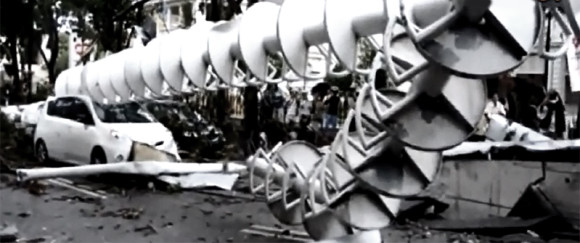
While politicians and their supporters blame each other, finger-pointing does not address the roots of the problem or provide a solution. In this episode of Ampersand, I would like to take readers on a journey into the world of building laws, and how lopsided they are in favour of the authorities.
Blame the developer
For one, the authorities that govern the approval and construction of buildings are given immunity under Section 95(2) of the Streets, Drainage and Building Act (SDBA). The state government, local council and their officers are protected from personal liability.
In a judgment on the Highland Towers case, Justice Abdul Hamid explained why the council should not be held liable: “Projects will stall. The local council may go bust. Even if it does not, is it fair, just and reasonable that taxpayers’ money be utilised to pay the debts of such people?”
With the government absolved from liability by the law, people will have to look to pinning the blame on developers and contractors to seek justice. Section 258 of the Uniform Building Bylaws (UBBL), which is an extension of the SDBA, requires the developer to submit to the local council a report of any structure failure within a week. In this report, the developer must explain the cause of failure and state the remedial action taken.
It further adds:
Notwithstanding that any plan, drawing or calculation has been approved by the local authority, the responsibility of any building or part of a building shall prima facie lie with the person who submitted such plan, drawing or calculation.
This places the liability on the developer, or the architects and engineers that designed the development plan on behalf of the developer, if they are separate entities.
Yet, all this clause does is allow aggrieved parties to go after the developer for negligence and monetary compensation. The Bukit Antarabangsa landslide that occurred in December 2008 is an example where survivors and families of victims sought compensation. The developer and Syabas accepted liability and negotiated a settlement.
With the authorities immune to liability and the developers only having to pay monetary compensation for “negligence”, such public safety issues can be “solved” as long as there is enough money.

Sloppy system
There needs to be a better solution for people who cannot afford expensive lawyer fees but are affected by such tragedies. The government ought to have sufficient rules and regulations to allow those without monetary means to take on giant developers. Yet, an examination of the rules shows how complicated and confusing the system gets.
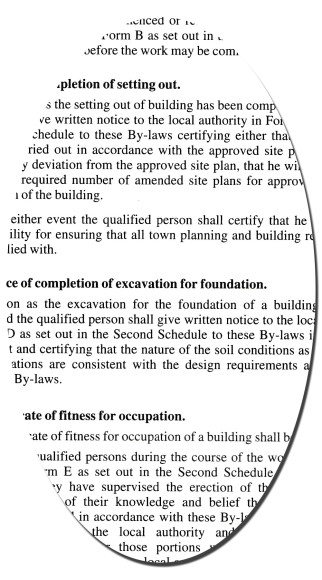 The Federal Government introduced in 1999 an amendment to the UBBL, whereby the authorities could issue a Certificate of Compliance and Completion (CCC) to an owner of a singly built detached house to make it easy for homeowners to carry out renovations. It meant that homeowners need not go through the more complicated Certificate of Fitness (CF) process (see thumbnail images of Sections 25 and 25A).
The Federal Government introduced in 1999 an amendment to the UBBL, whereby the authorities could issue a Certificate of Compliance and Completion (CCC) to an owner of a singly built detached house to make it easy for homeowners to carry out renovations. It meant that homeowners need not go through the more complicated Certificate of Fitness (CF) process (see thumbnail images of Sections 25 and 25A).
The CCC requires that the qualified persons working on the project submit a Form F declaring that they have followed and completed the house in accordance with the bylaws; that the conditions imposed by the authorities have been satisfied; that all essential services have been provided; and that they accept full responsibility for the portions
they are in charge of.
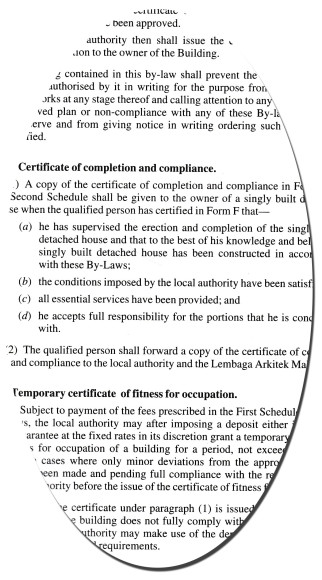
Comparatively, the CF process requires qualified persons to fill up a Form E requiring them to provide all the above information, as well as get an officer to inspect and give written approval that the submission checks out.
In short, the difference between the CCC and the CF is the amount of scrutiny and layers of checking on a project.
However, the Selangor government, in a gazette published on 12 April 2007, replaced the CF with the CCC to apply to all developments. There were also additional clauses that allow the government to inspect the premises as and when required (see thumbnails of pages 10 and 11 of the gazette). And apparently, the CCC has now replaced the CF nationwide, according to the information in a paper by the Board of Engineers Malaysia.
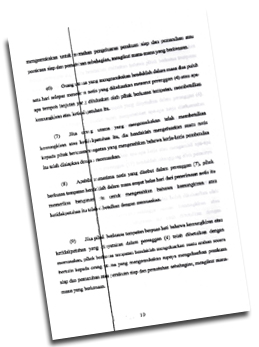 This brings us to the point where, if the CCC is all you need, then government officers technically do not need to carry out site visits to issue the CCC (although they still could if they wanted to). There is nothing to make site visits mandatory.
This brings us to the point where, if the CCC is all you need, then government officers technically do not need to carry out site visits to issue the CCC (although they still could if they wanted to). There is nothing to make site visits mandatory.
This also allows both the government and developer to ignore Section 71 of the SDBA. This states that, where any building or part of a building fails and the cause of the failure is due to misconstruction or lack of proper supervision during construction, poor design or miscalculation or misuse, the developer shall, upon conviction, be liable to a fine of RM500,000 or imprisonment for a term not exceeding 10 years, or both.
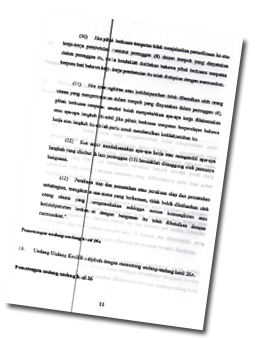
To invoke this particular clause, the government needs to compile evidence and show that the developer had not taken the required steps during construction to ensure safety. From the way the laws are worded, government officials are not required to do so and retain immunity to liability.
Knee-jerk response
Of course, what I have described are the rules as they are written. What practising engineers and architects tell me is that, on the ground, officers still provide approval letters but do it under the new CCC system and don’t really make site inspections. Instead, some ask for compensation to sign off. The local councils also give instructions verbally on what sort of documentation is needed and come up with new rules and requirements as and when they like.
So, while this messy system exists, the government will only issue stop-work orders and order an investigation when a building or structure collapses. This knee-jerk response will not prevent future mishaps on other projects, just as I cautioned five years ago when I first wrote about the Bukit Antarabangsa issue. ![]()
Former MBPJ councillor KW Mak recommends the book Slopes Made Simple, which examines and documents (in pictures as well as newspaper clippings) the numerous infrastructure development projects along hill slopes that have failed and collapsed through the years.

